How to Choose Which Balsamic Vinegar to Buy?
A person shouldn’t have to be on the verge of acute anxiety while shopping for something as simple and lovely as balsamic vinegar, but have you seen the sheer breadth and depth of what’s available? You probably have, and you’re probably here to keep from going over the edge.
So if you’re at a complete loss, asking questions like are all balsamic vinegar the same or how do you pick the best balsamic vinegar, then look no further than this helpful guide.
What is Balsamic Vinegar?
Like so many of some of the world’s favorite dishes, real balsamic vinegar has its origins in Italy. The production process for aceto balsamico (as it’s known in its homeland) starts with grape must and yields a dark, syrupy liquid with a complex, intensely sweet-yet-tart flavor.
A notable exception to the above is white balsamic vinegar, whose color ranges from something like quartz to a deep shade of amber. It tends to have a sweeter, less acidic taste, and it lacks the caramelized flavor for which balsamic vinegar is so well-loved.
And just what does “balsamic” (balsamico) actually mean? Quite simply, the stuff is so good that it has long been associated with the balsam of Biblical renown (from which English derives the word “balm”) and its medicinal properties.
Are All Balsamic Vinegar the Same?
Not by a long shot! Balsamic vinegar options run the gamut of grades, flavorings, and price points. They can also be infused with a wide variety of flavorings as well.
Traditional Balsamic Vinegar
When balsamic vinegar is referred to as “traditional,” that means it was made with Trebbiano and Lambrusco wine grapes and aged for 12–18 years in wooden barrels made of oak, juniper, ash, chestnut, or cherry wood.
Traditional Balsamic Vinegar (TBV) can only be made in the city of Modena or the wider region of Reggio-Emilia, Italy. They enjoy a Protected Designation of Origin (PDO), and their official names are:
- Aceto Balsamico Tradizionale di Modena DOP
- Aceto Balsamico Tradizionale di Reggio Emilia DOP
The requirements for achieving a PDO are many, and they are stringent. Therefore, the process is expensive, which makes traditional balsamic vinegar a bit more pricey.
California Balsamic Vinegar
California balsamic vinegar, as the name implies, are made in California. They are not aged for as long, and they are often paired with complementary flavorings, usually to transcendent effect.
White Balsamic Vinegar
The fundamental difference between white balsamic vinegar and other balsamic vinegar is that, as the grape must is being boiled, the temperature is kept low enough that the sugars aren’t allowed to caramelize (i.e., turn brown). This results in a slightly less deep and complex flavor profile.
What is the Difference Between Balsamic Vinegar and Aged Balsamic Vinegar?
Other than the obvious lack of aging, the differences between non-aged and aged balsamic vinegar lie mainly in the application.
Like with most premium ingredients, a little goes a long way. Think truffles versus mushrooms: yes, the disparity between the levels of decadence and the depth of flavor really can be as great. Thus, aged balsamic should be used to finish recipes with a final drizzle, whereas the slightly lower-quality stuff should be used when a greater quantity of it is doing more work in the recipe, as in a salad dressing or marinade.
Balsamic Vinegar Quality Ratings
While in the process of choosing balsamic vinegar, your attention has probably been drawn to the different quality ratings that the various products boast. The following applies to what classifies as Balsamic Vinegar of Modena (BVM), which is distinct from TBV:
- One Leaf: more prominent vinegar flavor
- Two Leaves: slightly sweeter
- Three Leaves: sweeter than two-leaf balsamic and somewhat smoother
- Four Leaves: sweetest, smoothest flavor
How Do You Pick the Best Balsamic Vinegar?
When it comes to application, balsamic vinegar’s options are practically endless. It can play a lead role in a tapenade (like this mouth-watering onion spread). It can act as the perfect acid component of a marinade. It can elevate a glaze to heavenly levels.
But how do you pick the best balsamic vinegar?
The first thing to be on the lookout for should be the PDO label. Note that, since this will be a product of Italy, the label will actually be DOP (Denominazione d’Origine Protetta).
Next should be ingredients. No high-quality balsamic vinegar should contain anything other than grape must and/or wine vinegar, although we’ll let caramel and aged vinegar slide for non-PDO balsamic. Cheaper products may contain added sweeteners and thickeners, leading to duller flavor and lower overall quality.
Wait, don’t abandon your scrutiny of the ingredients label just yet! You should also give their order, which affects what you’ll be using your balsamic vinegar for, a good look. If wine vinegar is first on the list, that means the product contains a greater quantity of it, which will impart more tartness. More grape must means a mellower, sweeter flavor.
A more acidic flavor, for instance, is best for salad dressing.
Next, hold the bottle up and give it a swirl. The viscosity of the product is a good indicator of its overall quality. If it’s heavy and syrupy, and it coats the inside of the bottle before settling, then you’re likely dealing with something of a higher quality.
Now look down at the price tag. The common aphorism, “you get what you pay for,” may not hold true for all things, but it does for balsamic vinegar. Since a high-quality bottle is more time- and labor-intensive to craft, a higher price point generally does indicate a superior product.
Finally, you should just keep in mind that white balsamic vinegar is best used in recipes whose color you don’t want to change too much.
Get the Best Balsamic Vinegar for Yourself!
Since money is an object for most of us, the finest bottles of traditional balsamic vinegar are probably out of the question. And the local supermarket is likely full of the cheap stuff you wouldn’t use for anything but a mid-week salad.
Luckily, Secolari Artisan Oils & Vinegars offers a wide variety of premium balsamic vinegars at reasonable (affordable) prices! See what’s available here!
Share this post
Leave a Reply
You must be logged in to post a comment.

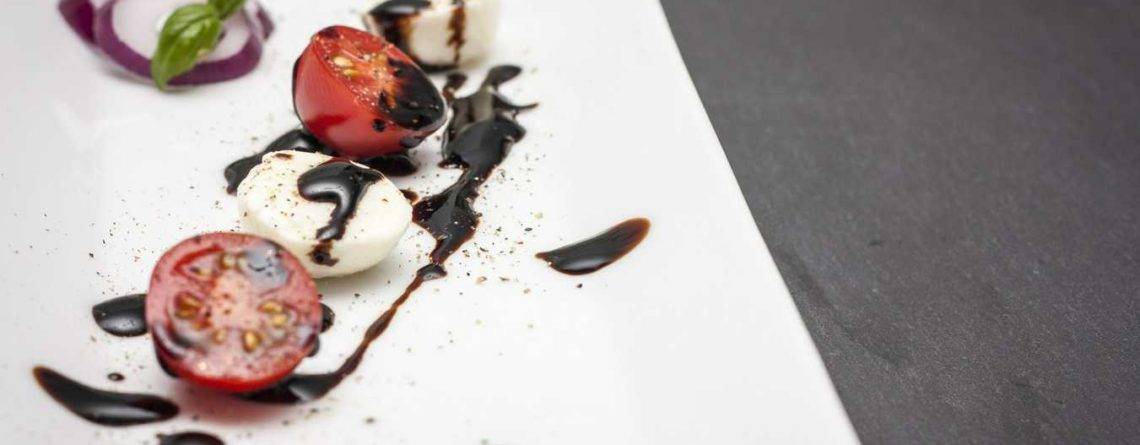
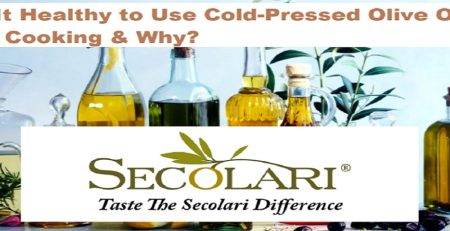

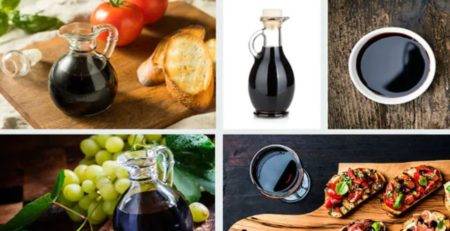





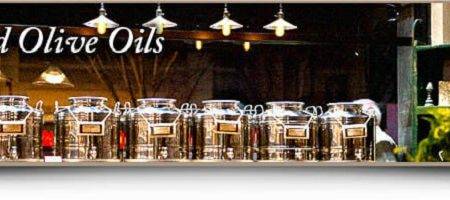
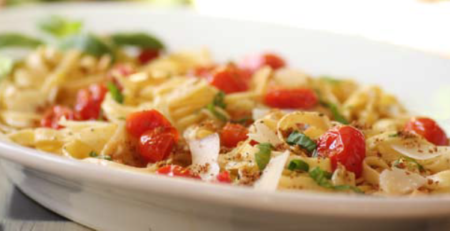
Comments (2)
[…] How to Choose Which Balsamic Vinegar to Buy? […]
[…] Read this buying guide to choose the best Balsamic Vinegar according to your needs. […]